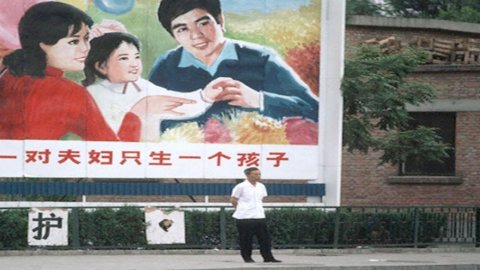The demographic doomsday for China will come in 2022. From then on, for every new retiree there will no longer be a new young person who will enter the job market. Until then, the active population will increase by about 1% on average. But in ten years it will begin to decrease inexorably at the same rate (-1% per year from 2023). While it is a common problem with Western societies, the aging China is facing has some rather unique characteristics.
Not growth, not money. Population is therefore China's great challenge in the coming years. The factory of the world lives in full employment, sees wages rise and industry strengthen. But the redistribution of wealth and a well-distributed welfare system across the country do not seem to be among Beijing's priorities.
The rapid increase in the elderly population is a consequence of the one-child policy introduced by Beijing in the late 70s. Even if ample exemptions have been granted and only 36% of families today are subject to the strict rule (in the countryside the possibility of having a second child is widespread). But as Isabelle Attané, a researcher at the French National Institute of Demography (Ined) explains, it is a new dictatorship, that of the "little emperors", the only children, who have revolutionized the lifestyle and culture of the Chinese and whose consequences will weigh on the entire system.
And how will future retirees finance themselves? With China's opening up to a market economy, ex-workers, to whom the state previously guaranteed public pensions, have had to start thinking about their savings on their own. The other main source of insurance was the family but with urbanisation, internal migration and the one-child policy this form of social protection has become increasingly precarious.
Read the news on Challenges.fr





